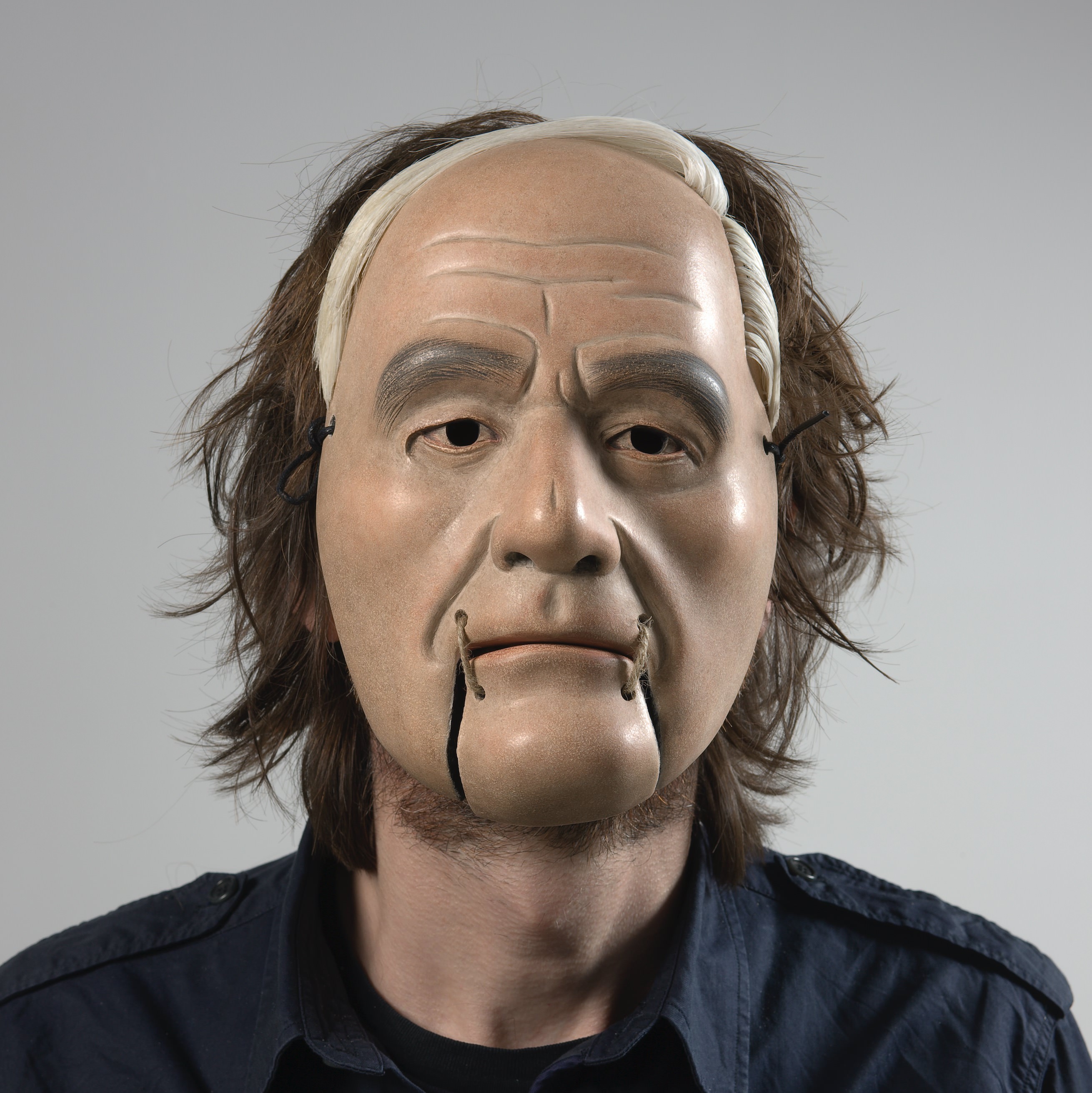The Geography of Making or On Finding Moore Everywhere
The Geography of Making or On Finding Moore Everywhere
By Simon Starling
Abstract
“The Geography of Making or On Finding Moore Everywhere” charts the development of an artistic dialogue with the “omnipresent” work of Britain’s most globally successful sculptor, Henry Moore. From Toronto to Mexico City, from Chicago to Hiroshima, Moore’s work has served as way-finders whereby to orient my own interests in what were often, for me, new cities.
Since moving to Glasgow in 1990 my practice has been increasingly preoccupied with the geography of its own making. This ongoing interest in tracking the trajectories of production processes, sources of materials, and the particular global geography of my own exhibition making, led to an interest in the truly global reach of the career of Britain’s most prolific modern sculptor, Henry Moore.
From the beginning of my interest in visual art, Henry Moore seemed omnipresent—a state-endorsed global player. The first of his kind perhaps. His huge bronzes seemed to have dropped from the sky in great meteor showers, and felt to my young mind rather clumsy and anachronistic, even provincial. The Moore-related antics of Bruces Nauman and McLean1 were more to my taste. I shut Moore out. However, the more I travelled with my own work, the more I realized that Moore had always got to where I was going first—his command of the public spaces of the world’s cities seemed at times absolute. I started to use Moore’s apparent omnipresence as a means to navigate. His works became way-finders whereby to orient my own interests in what were often, for me, new cities.
1Infestation Piece (Musselled Moore)
Moore first reappeared on my radar when I was invited to Toronto in 2005. That most Anglophile of Canadian cities had embraced him in the 1950s and 1960s and immortalized him in an elegant concrete exhibition hall at the Art Gallery of Ontario (AGO). This space was designed to house over forty works donated by the artist, in no small part, it seems, to spite the British establishment, which had blocked plans to build just such a monographic gallery for his work at the Tate Gallery. Currently, not more than forty metres from the Moore gallery at the AGO sits my Infestation Piece (Musselled Moore) (2007/8) which evolved from the collision of two stories of alien introduction: Moore’s domination of Toronto’s postwar art scene and, in the dying days of the Cold War, the apparently unconnected infestation of the Great Lakes with Russian zebra mussels.
In 1939, Henry Moore installed Reclining Woman (1930), now also in Canada, in the garden of the architect Erno Goldfinger’s newly completed home at 2 Willow Road, Hampstead, London. The modernist house proved unpopular with many residents, most famously with the writer Ian Fleming (golfing partner to Goldfinger’s wife’s brother) whose imagination led him to recast Goldfinger as the Cold War villain par excellence—Auric Goldfinger. In Toronto, however, Moore’s connection to international espionage was far more real. His work was first introduced to the then Art Gallery of Toronto (now the AGO) by Anthony Blunt—Director of the Courtauld Institute, Keeper of the Queen’s Pictures, and now infamous spy. In 1955, Blunt, an adviser to the Toronto museum, had proposed Moore’s Warrior with Shield (1953–54) for acquisition. Some thirty years later, undercover, in thousands of gallons of bilge water spewed out by cargo ships arriving from the Black Sea, came zebra mussels. Within less than two decades the “poster child” of invasive species, these shielded warriors from the East, fundamentally altered the “nature” of the waterways of North America. In 2006, a steel sculpture which I based on Moore’s warrior was tossed into Lake Ontario, and for almost two years played host to a colony of zebra mussels—the shells of which still valiantly cling to its rusted surface (Figs. 1-4).

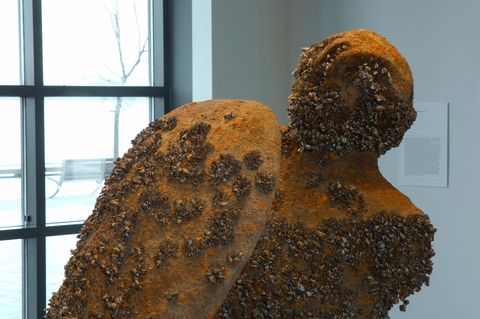
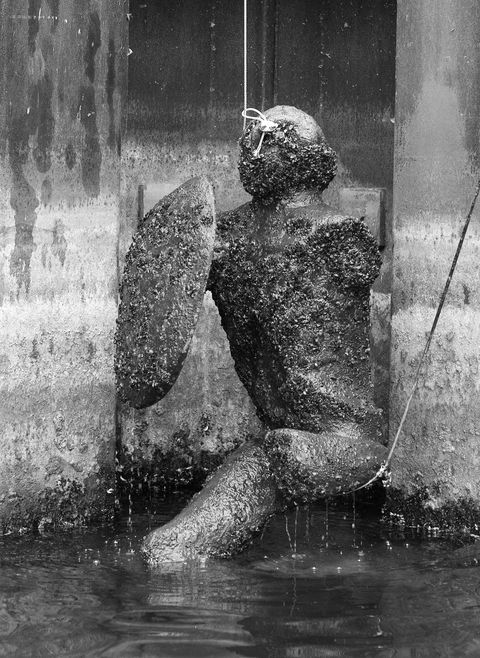
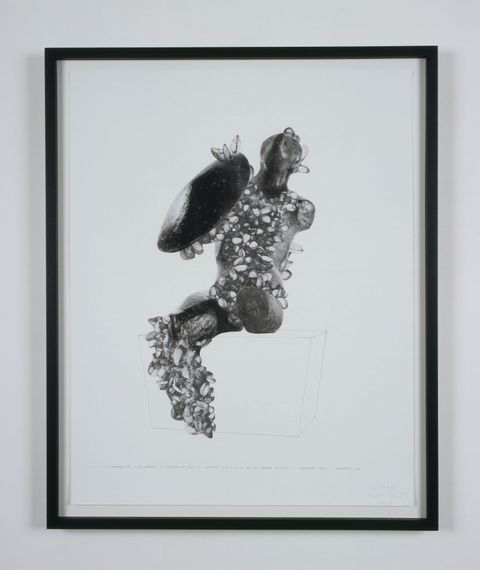
Project for a Masquerade (Hiroshima)
While Moore was no doubt oblivious to his connection to international espionage, this most international of artists was not untouched by the machinations of global politics, and appears to have become adept at balancing his interests with those of people with money and power. While Moore was a public sponsor of the Campaign for Nuclear Disarmament he was also happy to receive a commission for a sculpture to commemorate Enrico Fermi’s first self-sustaining nuclear chain reaction in Chicago in 1942 (Nuclear Energy; 1964–66). Even before that commission had been completed, Moore had, much to the distress of Chicago University, made an edition of a smaller working-model of the sculpture under the title Atom Piece (1963–65; pun clearly intended)*—*one of which he later sold to the Hiroshima City Museum of Contemporary Art (Moore’s ambivalence towards his subject did not go unnoticed in Hiroshima, and Atom Piece has always been a controversial inclusion in the Japanese museum’s very particular collection). And further still it could be observed that Moore amassed a considerable fortune from his association with Joseph Hirshhorn, whose own vast wealth had in turn come from the phenomenally profitable sale of uranium deposits in Canada, a sale bolstered by the frenetic activities of the Atomic Energy Commission during the 1940s and 1950s.
As is often the case with the evolution of my projects, it was from a specific invitation to make an exhibition at the Hiroshima City Museum of Contemporary Art that my next Moore-related project emerged. *Project for a Masquerade (Hiroshima) *(2010–11) is a proposition for the performance of a play which collapses Eboshi-ori, the ancient Japanese tale of a young noble boy disguising himself to escape his troubled past, onto the Cold War saga that evolved around Henry Moore’s sculpture Nuclear Energy (figs. 5-16). In Project for a Masquerade, each role in the original Japanese Noh play is played by one of a new cast, including James Bond, Anthony Blunt, Colonel Sanders, and Joseph Hirshhorn, which was assembled through a web of connections that all lead back to Nuclear Energy and its alter ego Atom Piece. Each of the new cast members is represented as a mask, made in collaboration with a master Noh mask-maker, Yasuo Miichi. The making of each of these masks was in turn documented in an accompanying film that weaves together the, at first, seemingly disparate narratives. It appears that it is at these points of intersection between global politics, big business, and art practice, at a moment when the Cold War has morphed into something altogether more elusive and our understanding of nature is so radically challenged, that Moore seems to be once again a fruitful subject for further investigation and redeployment. Within the context of the Hiroshima City Museum of Contemporary Art, a museum for which Moore’s work is both pivotal and controversial, this seemed doubly true.
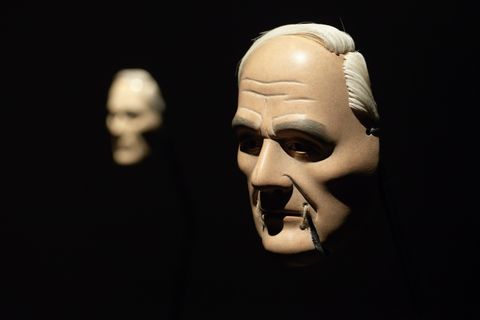
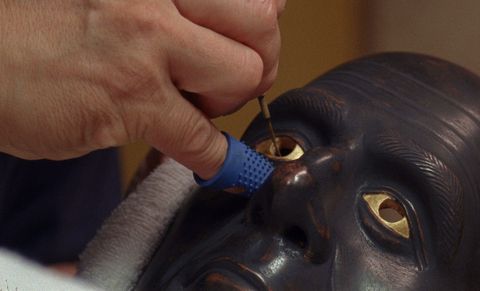
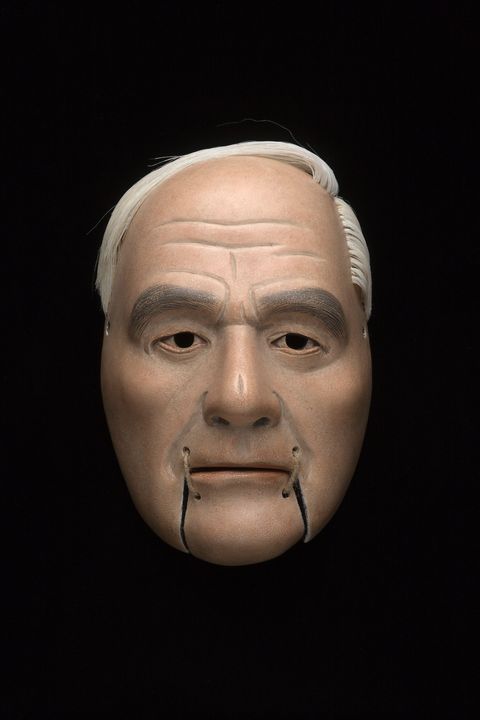
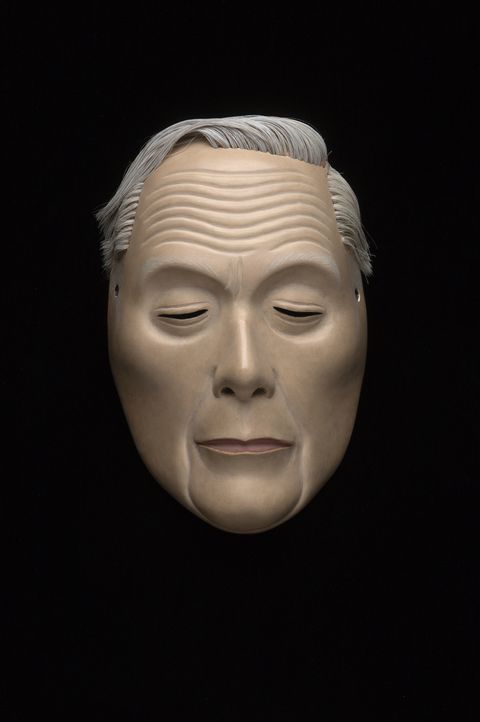

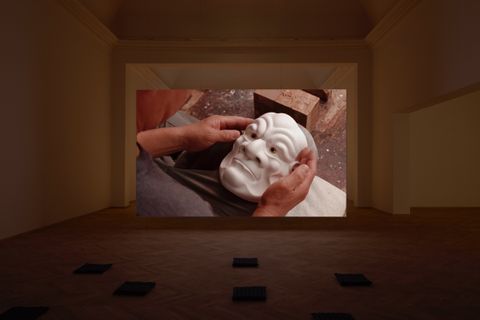
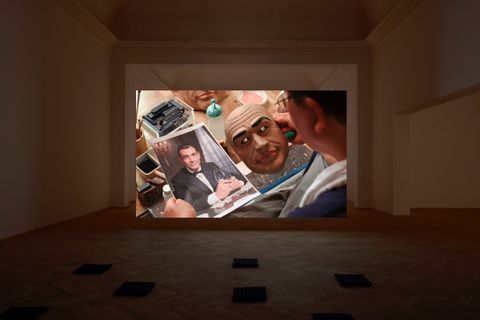
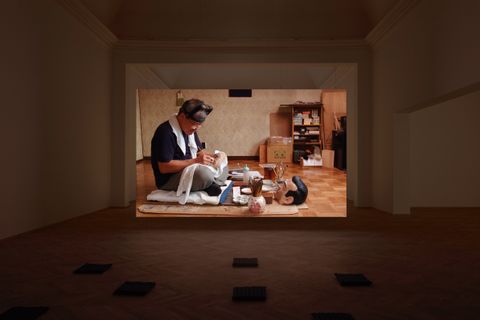

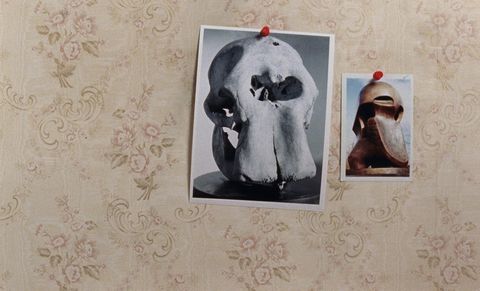

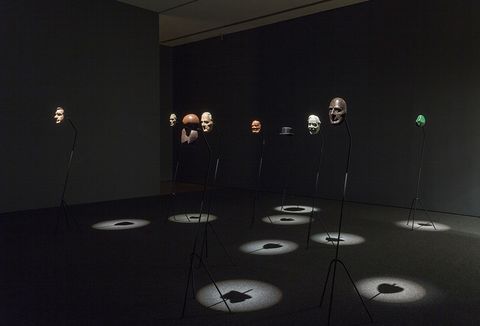
El Eco
Henry Moore again appeared on my radar when I was invited to lead a workshop for young artists in Cornwall in 2013. One evening I gave a public lecture in a small community centre on an idyllic Cornish beach and, after questions from the largely local audience, was approached by a young Mexican curator, Paola Santoscoy (also a participant on the workshop). Prompted by Project for a Masquerade, she told me the story of Henry Moore’s involvement at the Museo Experimental El Eco, the institution that she runs in Mexico City. This opportune conversation on a Cornish beach soon lead to a further redeployment of Moore’s work.
El Eco (2014) is concerned with the traces of a largely forgotten work by Henry Moore, realized in the early days of Museo Experimental El Eco, and an accompanying dance performance by the young dancer Pilar Pellicer, which was conceived in 1953 in relation to Moore’s work by the Museo Experimental’s founder and architect, the German artist Mathias Goeritz (figs. 17-21). Filmed at the Museo Experimental in 2014 during the celebrations of Mexico’s Day of the Dead festival, El Eco haunts Goeritz’s now carefully restored architecture with its own interdisciplinary past.
During a visit to Mexico in 1953, Moore had been invited to the studio of the painter Diego Rivera, where he was struck by some over-life-size papier mâché skeletons hanging on the walls. Moore made some quick sketches of these skeletal figures, traditionally created for the Day of the Dead, on the back of his travel itinerary. Following a meeting with Mathias Goeritz, these sketches were later reproduced in grisaille on Masonite panels, six metres high, and fixed to the walls of the Museo Experimental’s main space. To inaugurate the mural, Goeritz invited fifteen-year-old Pilar Pellicer to dance in the space with these huge skeletal figures as highly charged scenography. The dance was never choreographed or performed for an audience, but the few existing black-and-white photographs of this “non-event” became important promotional tools in Goeritz’s project to create an interdisciplinary cultural space in which architecture, music, dance, and visual arts would coexist.
Having invited Pellicer—now a celebrated actor with a long history in theatre, film, and television—back to the Museo Experimental in 2014, and using a number of the 1953 still photographs as the key frames around which to structure the film’s storyboard, El Eco charts Pellicer’s retrospective search for those few frozen moments immortalized in black and white—a search which entails summoning her fifteen-year-old self, while simultaneously confronting the limitations of her seventy-six-year-old body. Only occasionally does her body betray her as she re-enacts the poise and vitality of her younger self. With the momentary introduction of the 1953 “ghost frames”, populated as they are by Moore’s vast skeletal creatures, into the contemporary moving image, El Eco, a form of institutional séance, constantly flic-flaks between the past and the present. Pellicer herself seems to oscillate between then and now, as at certain moments she summons once more her youthful energy, and at others retreats into her own introspective reminiscences. The absence of any real choreography for Pellicer’s 1953 “performance” builds an intriguing free space between those few surviving photographic moments—a space of speculation and slippage.
The “then and now” visual narrative of El Eco is augmented by a finely wrought musical soundtrack for solo double bass, composed and performed by Chicago-based musician Joshua Abrams. This sparse soundtrack, with its subtle allusions to traditional Mexican folk songs associated with the Day of the Dead, intermittent moments of ambient sound, and the occasional mechanical click of a camera shutter, combines with the visual narrative to foster the sense of a fractured and fragmented reality.

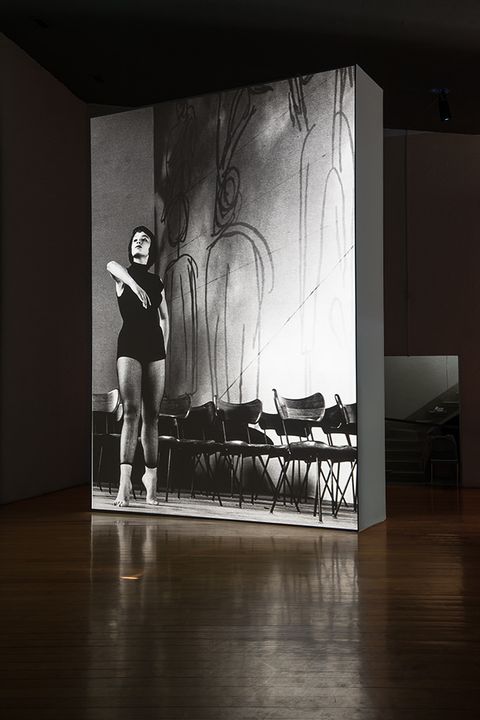
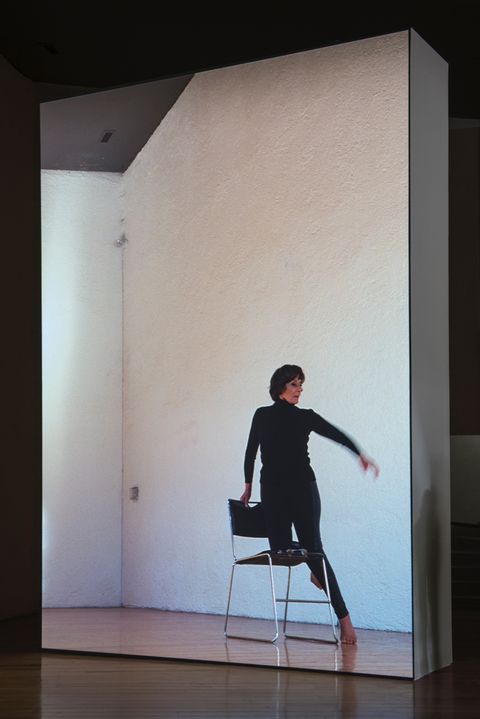
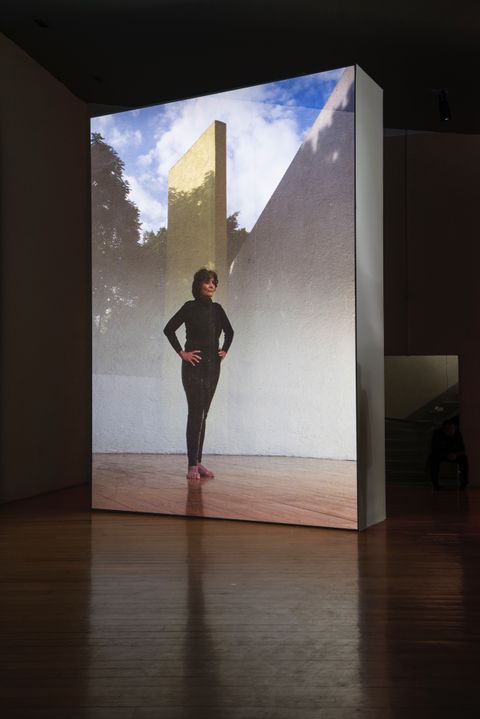

About the author
-
Simon Starling (b. 1967 in Epsom, UK) graduated from the Glasgow School of Art. He won the Turner Prize in 2005 and was shortlisted for the 2004 Hugo Boss Prize. He represented Scotland at the Venice Biennale in 2003 and has exhibited widely with solo exhibitions at Mass MOCA, North Adams, MA; The Power Plant, Toronto, Canada; MAC/VAL, Vitry-sur-Seine, France; Temporäre Kunsthalle, Berlin, Germany; Hiroshima City Museum of Contemporary Art, Hiroshima, Japan; Tate Britain, London; Staatsgalerie Stuttgart, Germany; MUMA, Melbourne, Australia; Casa Luis Barragán and Museo Experimental El Eco, Mexico City and MCA, Chicago, IL. He was Professor of Fine Arts at the Städelschule in Frankfurt between 2003 and 2013.
Footnotes
Imprint
| Author | |
|---|---|
| Date | 18 July 2016 |
| Category | Article |
| Review status | Peer Reviewed (Editorial Group) |
| License | Creative Commons Attribution-NonCommercial 4.0 International (CC BY-NC 4.0) |
| Downloads | PDF format |
| Article DOI | https://doi.org/10.17658/issn.2058-5462/issue-03/sstarling |
| Cite as | Starling, Simon. “The Geography of Making or On Finding Moore Everywhere.” In British Art Studies: British Sculpture Abroad, 1945 – 2000 (Edited by Penelope Curtis and Martina Droth). London and New Haven: Paul Mellon Centre for Studies in British Art and Yale University Press, 2016. https://doi.org/10.17658/issn.2058-5462/issue-03/sstarling. |
